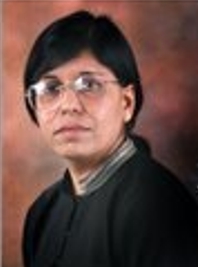ISJS
Series of 3 seminars on
Integrating Modern Science and Spirituality for Social Wellness:
A Challenge of 21st Century
Seminar "A"
Consciousness and Knowledge: Scientific and Spiritual Perspectives
Delhi
Sundday, December 12, 2010
Abstract
Neurophysiological Correlates of States of Consciousness
Consciousness is generally recognized by a neurologist to mean a state of alertness characterized by response to external stimuli. In all normal individuals the level of consciousness fluctuates within a 24-hour span as a person passes from the wakeful to the sleep state. Also, while asleep the level of consciousness is not uniform but the ease of arousal as well as other factors such as the areas of the brain involved and their function continue to change in a cyclic fashion throughout a night’s sleep. Two physiological states also characterized by a decrease in the ability to be aroused and by a lowering of the metabolic rate are hibernation and activation. The level of awareness to external stimuli is often related to the response to pain. There is a hypothesis that information can be represented in the brain without the person being aware of it. Hypnosis attempts to bring these events to the level of conscious experience and can sometimes be used therapeutically. The ancient Indian practice, yoga also brings about changes in the level of consciousness and reactivity to the environment. Like hypnosis this is used for therapy, though the actual purpose of yoga practice is to attain spiritual evolution. Modified levels of consciousness can also by induced by using mood-modifying substances (e.g., LSD or Lysergic Acid Diethylamide) which alter the neurochemistry. Consciousness is also altered in disease conditions such as coma and psychiatric diseases such as schizophrenia. Putting together the understanding about these different states of consciousness and the parts of the brain involved in each of them helps to reach some level of understanding of this complex state. However it needs to be emphasized that describing consciousness in terms of brain areas or even brain functions is a reductionist approach which leaves out some aspects of consciousness.
 Dr. Shirley Telles
Dr. Shirley Telles